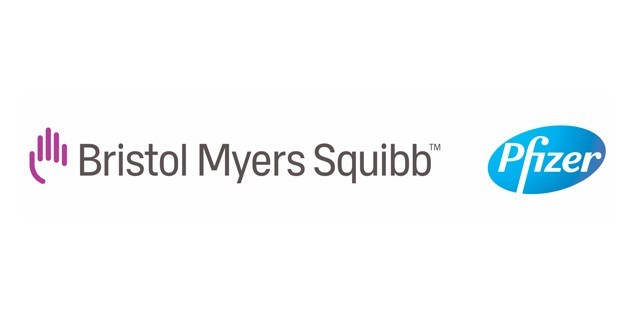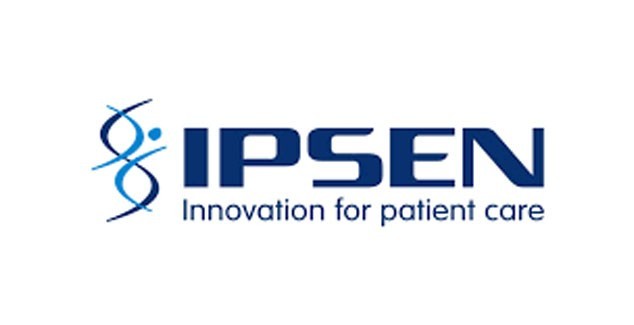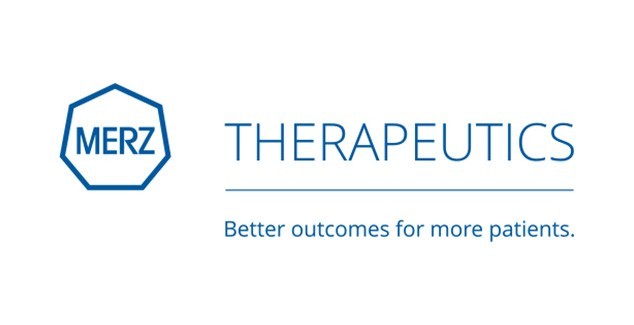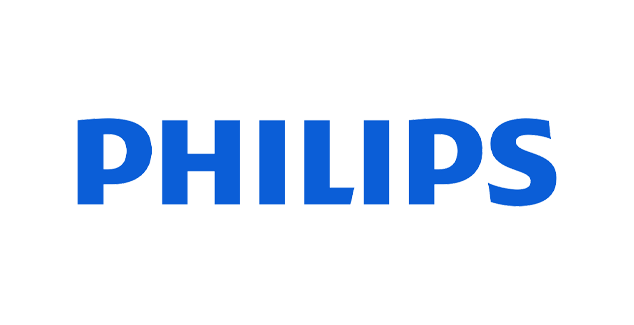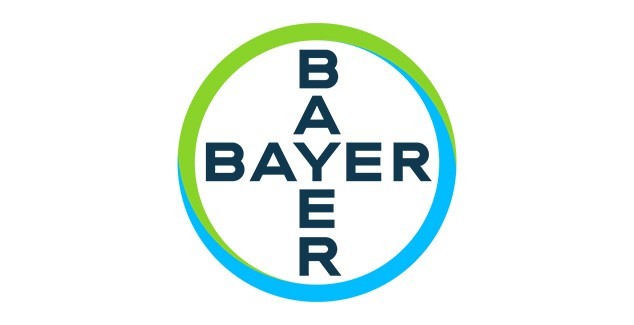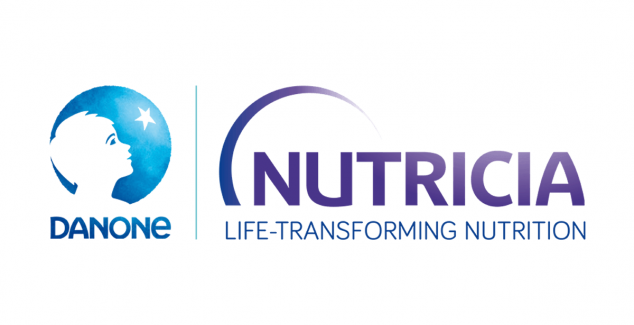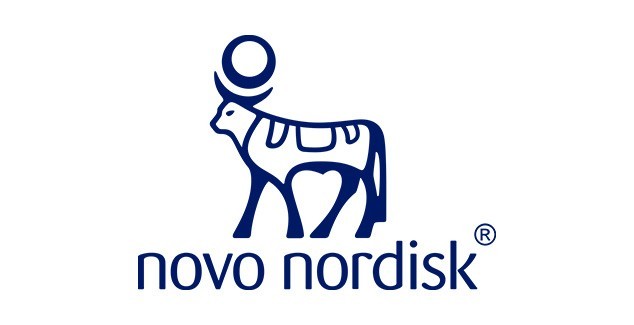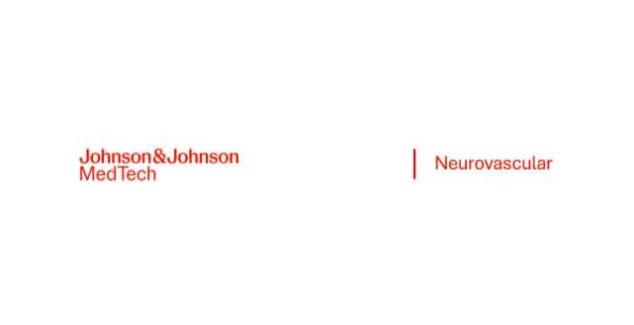Javier Lagos-Servellón is a Clinical Neurologist in Honduras and a Cohort Two member of WSO’s Future Leaders Program. Here Javier shares his recent experience of engaging industry to support stroke care improvements in his hospital.
First, I think it is essential to give a scenario of the current stroke situation in Honduras. Honduras is a Central American country with approximately 10 million people. In Honduras, chronic degenerative diseases have become increasingly prevalent, carrying a similar impact to other low- to middle-income countries. According to studies carried out in the two largest public hospitals in the country, stroke has a disability and mortality rate of approximately 70%.
This situation becomes less promising when we consider that there are no national or local guidelines for stroke management.
One sees the need to create exceptional solutions in such exceptional and critical situations.
My job in the public sector is as an emergency neurologist at the “Mario Catarino Rivas National Hospital”, the second-largest hospital in the country. In the initial three months of my job, I reviewed the status of stroke in the hospital. In 3 months, there were 110 strokes, where the mortality and disability rate had not changed.
For that reason, we took on the task of building effective stroke management in this hospital since the patients were missing basic things such as a bed that tolerated Fowler's inclinations, evaluation aimed at recanalization therapies, initial dysphagia testing, rehabilitation management, and precision in secondary stroke prevention.
I have been training fellow neurologists, internists, resident physicians, general emergency physicians in the NIHSS, indications for recanalization therapies, thrombolysis/thrombectomy care, and care after leaving the hospital.
For the general population, dissemination campaigns have been carried out for early recognition of stroke symptoms through well-known artists in the region.
Being one of the poorest countries in the region, the budget to carry out this type of campaign is a significant obstacle to overcome. At the beginning of this year, I moved to San Pedro Sula. With a population of around 1 million people, San Pedro Sula is the "industrial" capital of the country, producing more than half of the country's gross domestic product. It is the city where there are the most industries, mainly apparel manufacturing and construction.
I took the opportunity of this move to find some solutions to address stroke care needs:
1. Talked to business owners and industry representatives (outside the medical field) about the unmet needs of stroke patients. I explained to them the current stroke scenario with gross stroke numbers and disability rates of the hospital. Many of these contacts had an acquaintance or family member who had suffered a stroke and died or became disabled. That made it easier to relate and create empathy about stroke care.
In this way, we managed to receive beds for the stroke care unit and for care of other neurological diseases donated by the industry. The hospital authorities and I formally and publicly recognized the industry for their donation, and they were recognized as companies with social awareness. The key is creating a "win-win" situation for the industry and us.
2. Mechanical thrombectomy for stroke is one of the best tools that has happened in medicine. But it comes with a price, a price that most people in Honduras are not able to pay. That is why, through the industry, the hospital has negotiated to repair the angiosuite and make it accessible to the general population. I have also obtained the devices to perform mechanical thrombectomy through the national industry and donations from other countries. So far, it is a project that has yet to be completed due to other significant obstacles (lack of CT scan in the hospital), but little by little, we are getting the necessary tools to make this project a permanent reality for Honduras.

 Member login
Member login





